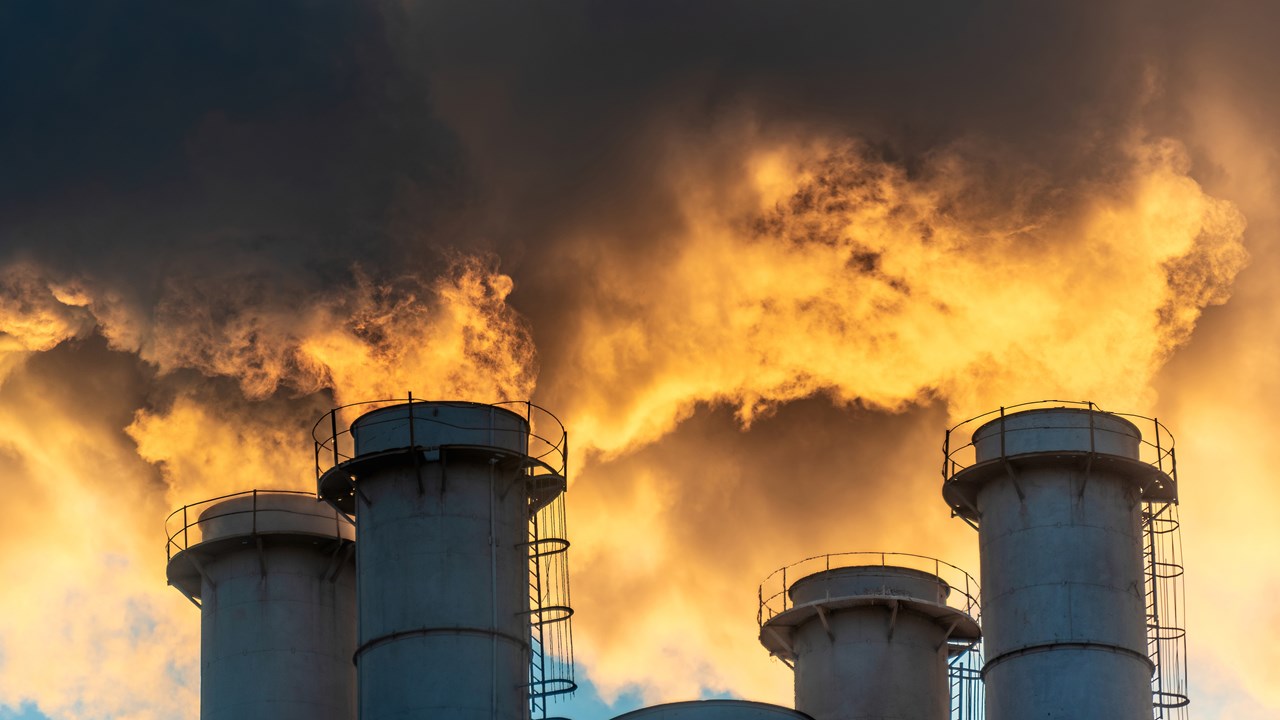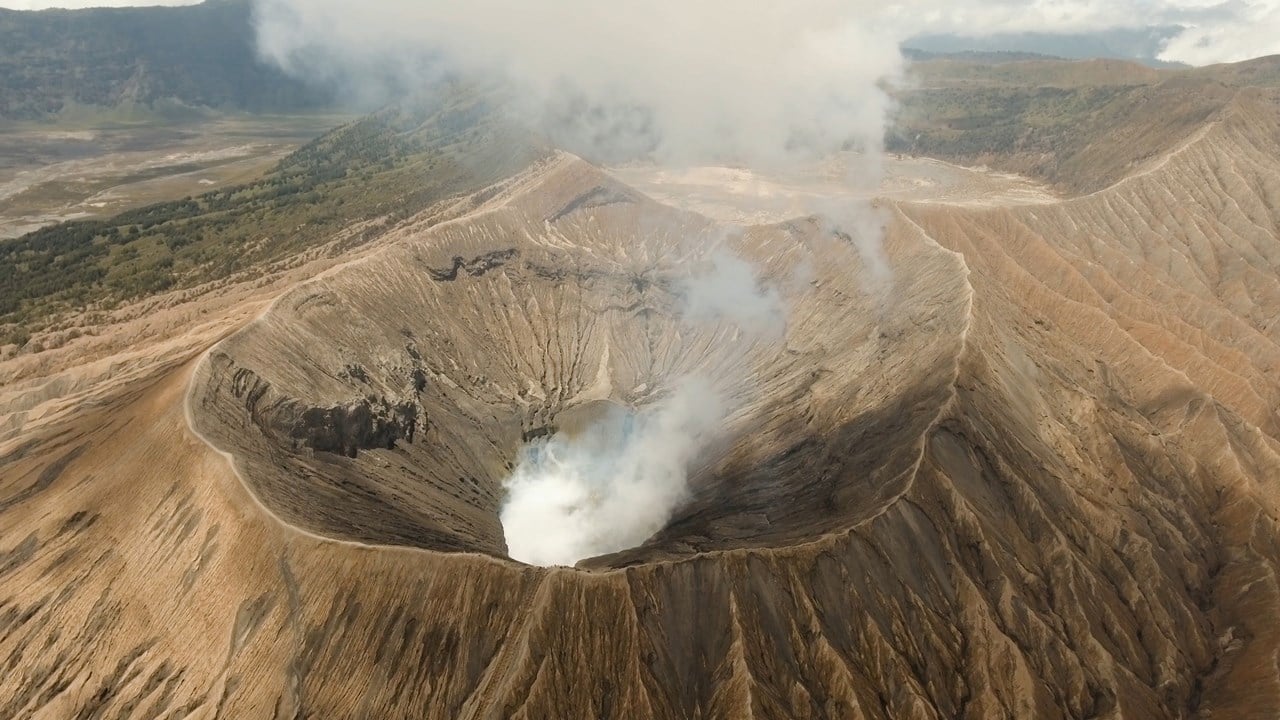Are you ready to explore how we can help you?
Our world-class experts are available to help find answers to your toughest questions.

As satellites orbit the Earth, monitoring the health of our planet, the effects of the pandemic on atmospheric emissions are observed with great interest.
One of these satellites, the European Space Agency’s Copernicus Sentinel-5P, has an imaging spectrometer on board making accurate measurements of upwelling light from the Earth’s surface. By analyzing the spectral content of this reflected light, tropospheric concentration maps of environmentally significant gases can be generated.
One such gas is nitrogen dioxide, a key pollutant generated by the burning of fossil fuels from sources including industrial installations, power plants, transportation, and forest fires.

Significant changes in levels of nitrogen dioxide, particularly around major cities, were reported in 2020. These differences were attributed, at least in part, to the reduction in vehicle traffic and industrial activity during COVID-19 lockdowns. More recently, an ESA study of nitrogen dioxide levels over China reports that levels have rebounded as lockdown restrictions have relaxed.
Cause-and-effect relationships in atmospheric chemistry are complex and rarely linear. For example, concentrations of nitrogen dioxide are known to vary a great deal from day to day due to changes in weather. Atmospheric reductions were also visible in 2020 in time-averaged data across European cities. Now, researchers anticipate that nitrogen dioxide levels will rise across Europe as pre-pandemic activities resume.
Further analysis will be forthcoming as scientists across a range of institutes study the valuable data that has come from this most extraordinary of periods.
Ground-based measurements contribute valuable data to urban pollution models, providing a means to calibrate across atmospheric scales and to address heterogeneities that can be challenging to resolve by satellite data alone.
Ocean Optics spectrometers are often specified for such measurements, with the typical approach a spectroscopic method of measuring air pollution called Differential Optical Absorbance Spectroscopy (DOAS). This maritime exhaust emissions application is a good example of the DOAS technique in practice, but our spectrometers also have been used this way for fenceline monitoring and volcanic emissions analysis.
DOAS was first proposed by Prof. Ulrich Platt of the Institute of Environmental Physics, Heidelberg University, Germany. DOAS systems can take many forms, but the basic premise is to investigate the narrowband absorption characteristics of particular gas molecules to determine bulk gas composition. By measuring and comparing different optical pathlengths, the relative concentrations of target molecules can be derived. Further calibration allows for the calculation of absolute concentrations.
DOAS can be used to monitor harmful gases in cities, underground passages, and industrial mines. The method has the advantages of simple principle, simple structure, fast response, and high precision. The influence of particulate matter and water vapor on the measurement is accounted for by means of filtering and careful referencing, which is very helpful for the monitoring of flue gas emissions, for example.

Many institutions around the world have developed ultra-low emission monitoring equipment based on DOAS technology. At the heart of this DOAS equipment is a UV-Visible spectrometer.
Ocean Optics customers have used our UV-Vis spectrometers for various DOAS applications, with instruments being deployed in measurement regimes for tropospheric halogens, NOx and SOx, volcanic emissions, polar atmospheric chemistry, and industrial emissions. In China, many well-known companies have actively entered the field and achieved good results.
The oxides of nitrogen and sulfur -- so called NOx and SOx -- are an important group of atmospheric gases with absorbance spectra in the UV and Visible parts of the spectrum. By using a broadband UV spectrometer and a broadband xenon or deuterium light source it is possible to measure multiple gas species simultaneously along a pathlength of interest. This avoids the need to use lasers tuned to the specific absorbance of a single gas, another popular gas monitoring technique for smaller molecules.
Whether it’s providing spectrometers for DOAS or insight for other monitoring solutions, Ocean Optics is privileged that our spectrometers may play a small part in the global effort to understand the direct impact of human activity on air quality and the environment. Part of our mission is to offer the spectral tools, knowledge and processes to monitor air, water and soil samples, providing researchers, government regulators and manufacturers with the insight necessary to preserve and maintain a clean, healthy environment.
In the maritime industry, the need for timely and reliable technology-driven data is growing. This is driven by a desire to facilitate and accelerate continual improvement in efficiency, cost savings, environmental improvement and regulatory realities.
How Danfoss IXA teamed up with us on monitoring solutions to keep the air we breathe cleaner
From UV to NIR wavelengths, absorbance measurements provide information about the chemical composition of materials in all states of matter. Learn how absorbance can be used to identify substances or measure the concentration of a molecule.
The JBH team discusses its work with Ocean Optics and new frontiers in environmental optical monitoring.
Here are some related sources of interest regarding air quality during the pandemic:

Our world-class experts are available to help find answers to your toughest questions.